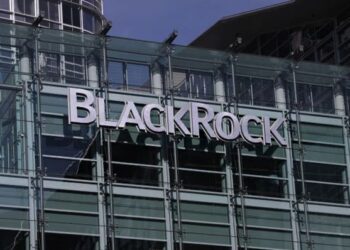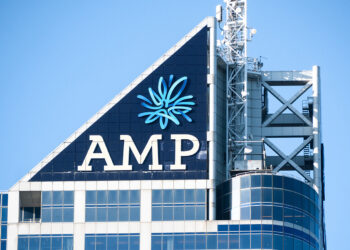“I don’t know that we’ve been losing as many [members to SMSFs] as some of the other funds report,” Ms Lander told InvestorDaily.
The industry fund enhanced its DIO in December last year, adding eight exchange traded funds (ETFs) and a number of listed securities to the existing ASX300 share offering.
Along with CareSuper, AustralianSuper and legalsuper also offer direct investment options. In addition, HOSTPLUS recently announced its intention to launch itself as a pooled superannuation trust in order to allow SMSFs to invest in its investment options.
Ms Lander said many investors have “little understanding” of the ongoing compliance costs associated with SMSFs, as well as the “severe fines” they could face if they fail to comply with “a raft of complex regulatory requirements”.
The high costs associated with SMSFs make them “overwhelming” and “fraught with risk”, which could also create greater financial pressures for retirees in later life, she added.
“Many people don’t consider the ongoing work involved in managing an SMSF, including annual audits and tax returns, or the cost involved in winding up such an arrangement,” said Ms Lander.
Ms Lander pointed out that the top three investments made in SMSFs are shares, cash and term deposits.
“All of that is available within the structure of CareSuper’s direct investment option,” she said.
“A few people might be putting in a direct property, but I really wonder if they are getting sufficient diversification when they do that.”
Ms Lander added that many of the people who are setting up SMSFs only have account balances between $50,000 and $100,000.
Many SMSFs are oversold by “accountants and advisers”, she added.
“A vast majority of people who want that extra control don’t actually need to set up a separate structure,” said Ms Lander.






